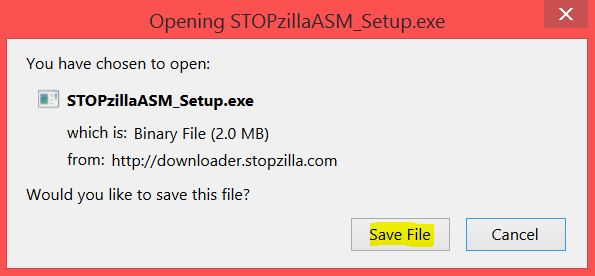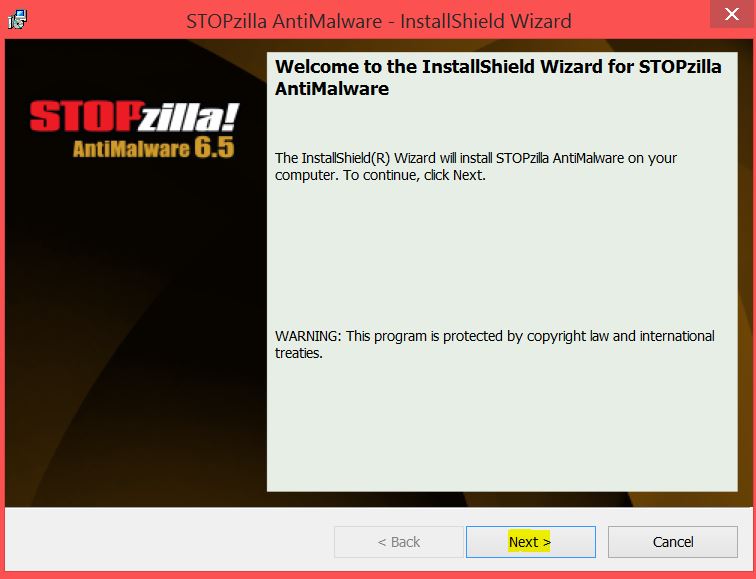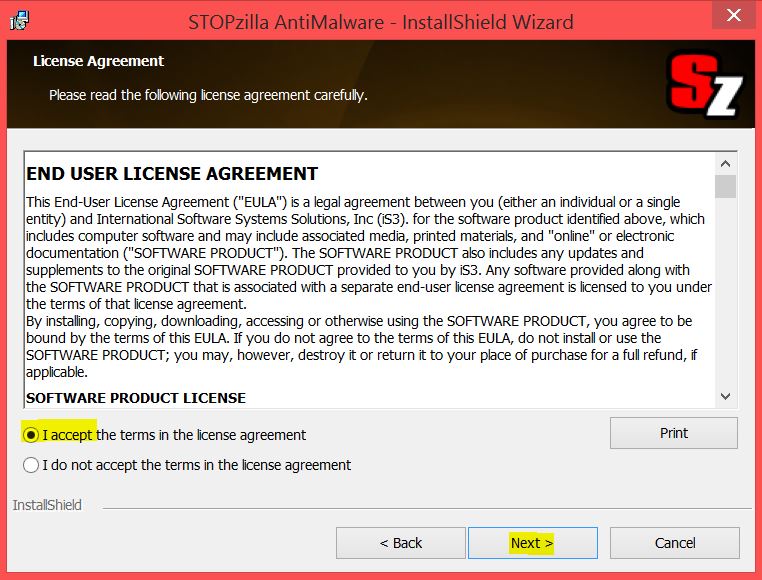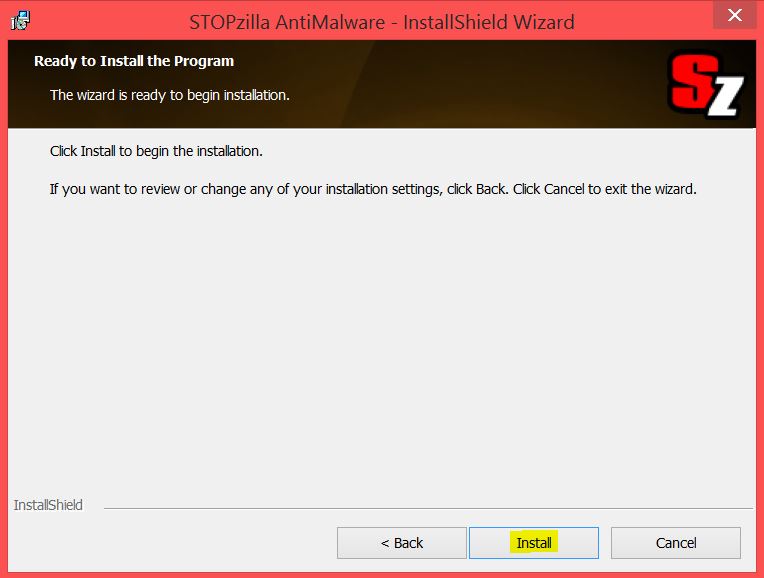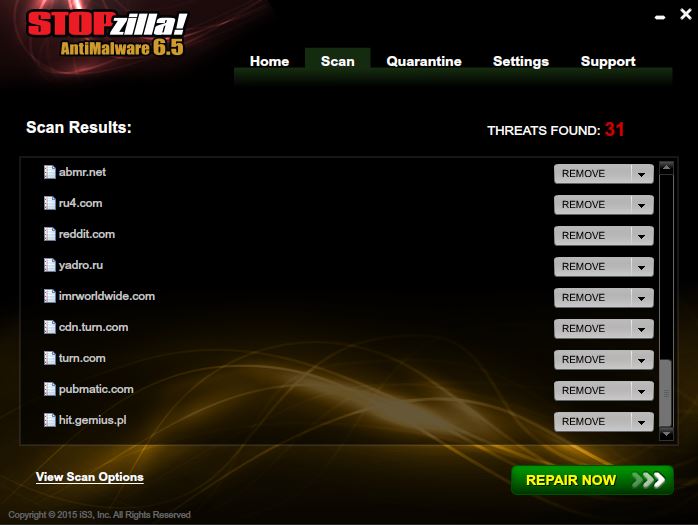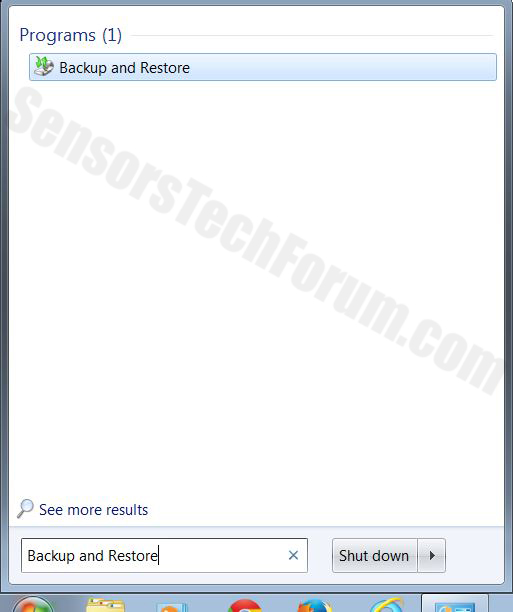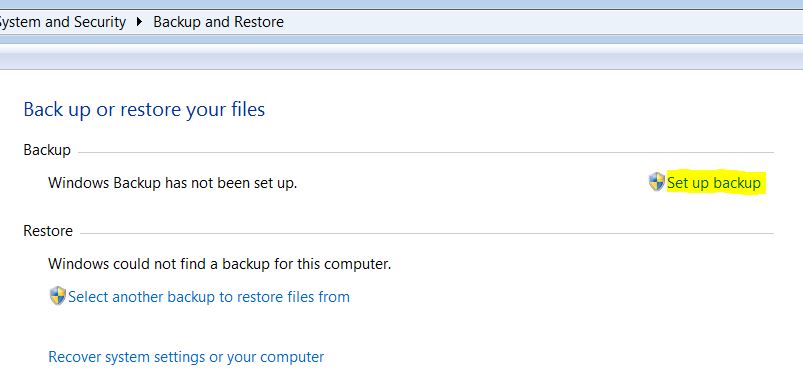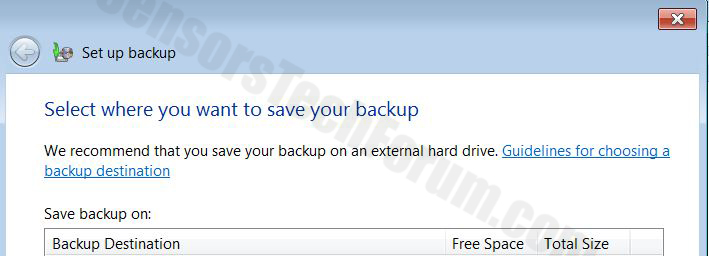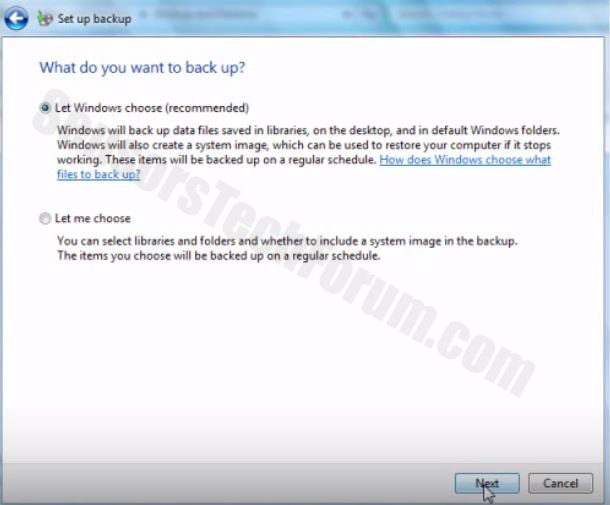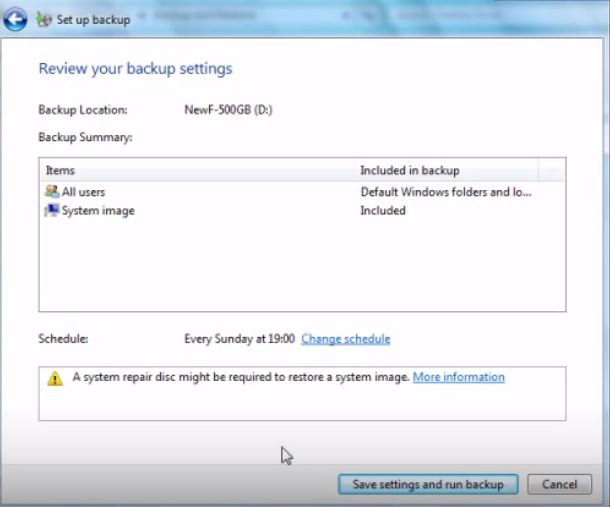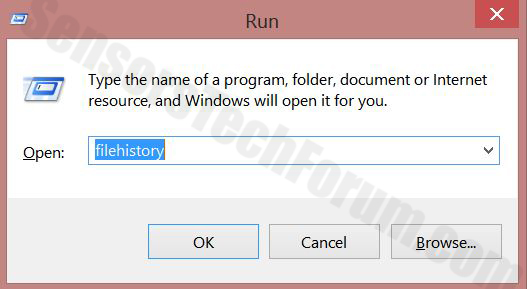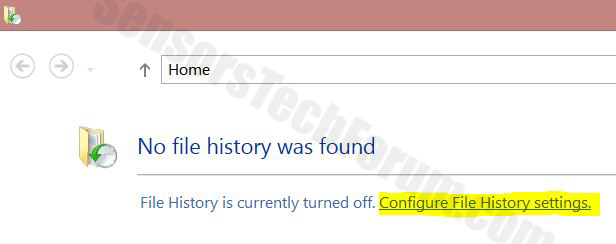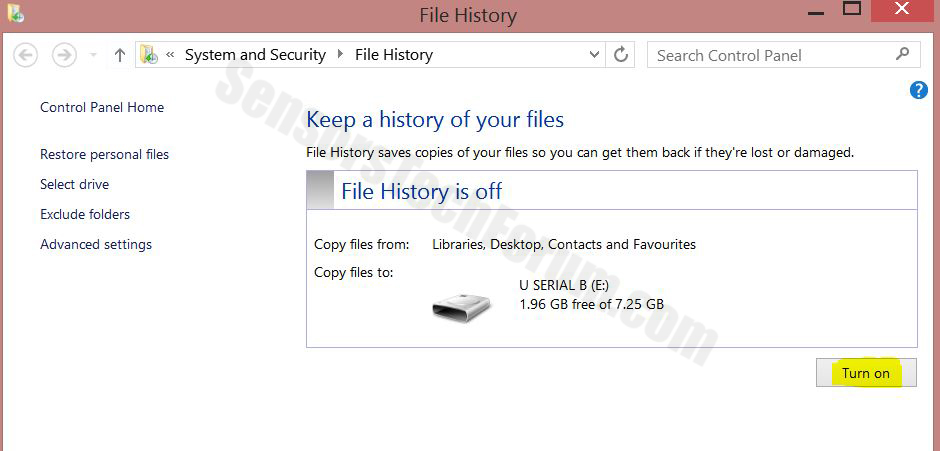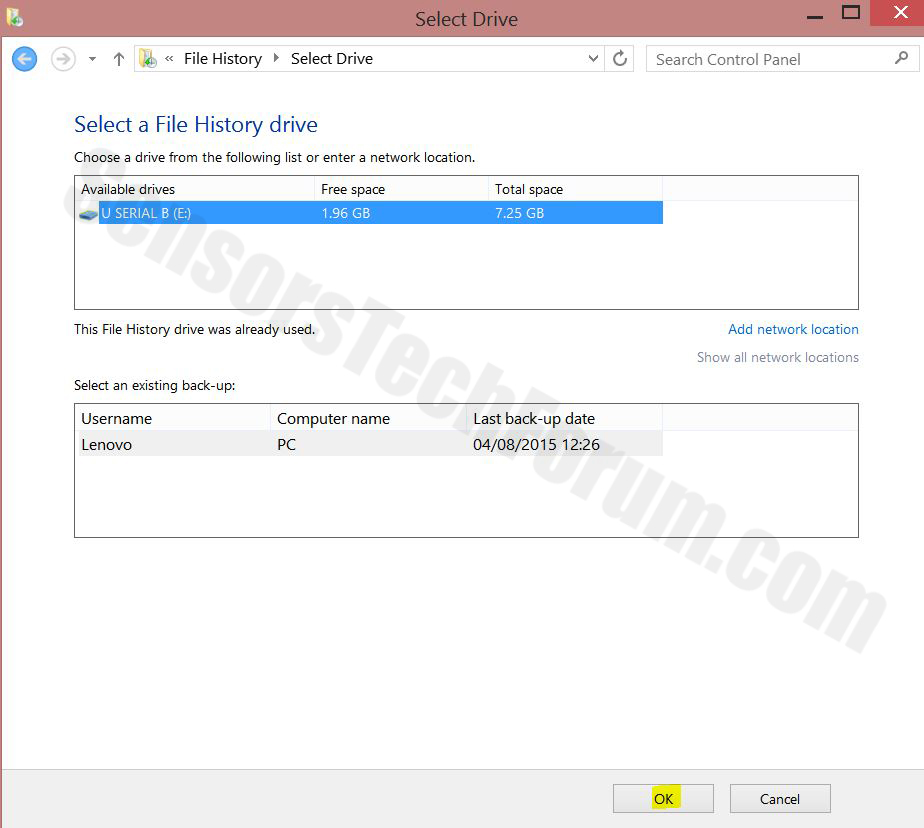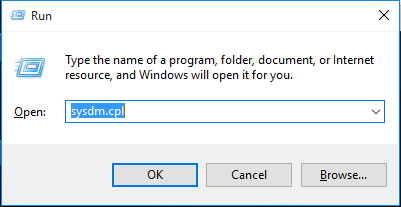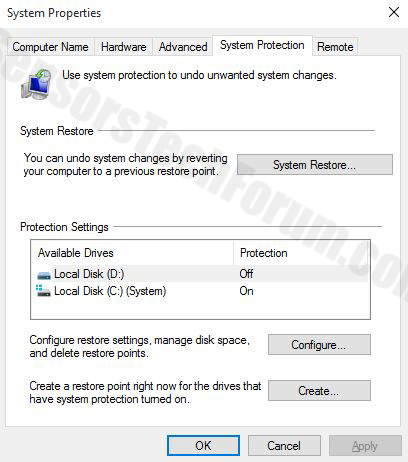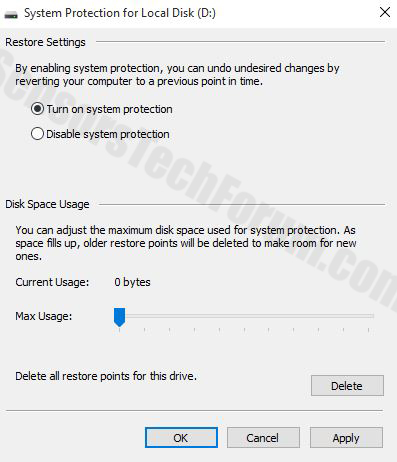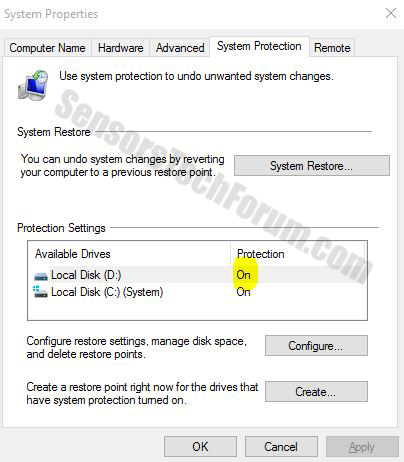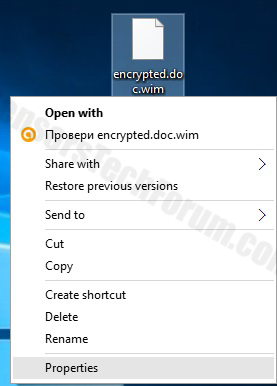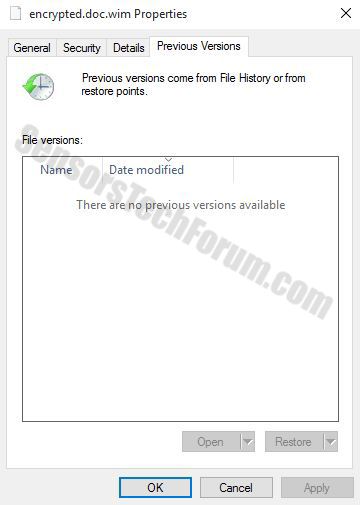| Name | W32.Belvira Virus |
| Type | Computer virus, Programmed attack. |
| Short Description | A PC virus designed to delete user data. |
| Symptoms | Deleted user filers of various extensions. Unknown svchost.exe process. |
| Distribution Method | Bundling. |
| Detection Tool | Download Malware Removal Tool, to See If Your System Has Been Affected by malware |
| User Experience | Join our forum to follow the discussion about W32.Belvira Virus. |
 A particularly dangerous virus has been detected by Symantec security researchers, going by the name ‘Belvira’. This virus is reported to create multiple files on the user PC and modify these files in the Windows Registry to run on system start up. What is particularly bad regarding this virus is that it directly deletes user files of several different types. Users are advised to use firewall and to immediately disconnect their computer from the internet.
A particularly dangerous virus has been detected by Symantec security researchers, going by the name ‘Belvira’. This virus is reported to create multiple files on the user PC and modify these files in the Windows Registry to run on system start up. What is particularly bad regarding this virus is that it directly deletes user files of several different types. Users are advised to use firewall and to immediately disconnect their computer from the internet.
W32.Belvira Virus – How Did It Infect My PC?
One way you could have become victim of this computer is by opening a spam mail, containing a malicious attachment. If the attack is targeted it may have originated either from a spoof email (that resembles a familiar one) address or an external drive. Targeted attacks also originate to external links that are being clicked on by inexperienced users.
W32.Belvira Virus – How Does It Work?
Once activated on the user PC, the virus creates these files in the %windir% directory:
→svchost.exe
system32\ffreizer.exe
The svchost process is particularly interesting because it has the same filename of the actual svchost – an essential and important process for Windows. What is more, the virus creates another executable – a file, called smrss.exe in the %System% folder.
After which, the virus is believed to modify the windows.ini file within the %System% folder which is related to the Windows environment.
After its already created the malicious files the virus then makes several registry entries in HKEY_LOCAL_MACHINE to make them run on system startup:
→SOFTWARE\Microsoft\Windows\CurrentVersion\Run\”freizer” = “%Windir%\System32\freizer.exe
SOFTWARE\Microsoft\Windows\CurrentVersion\Run\”svchost” = “%Windir%\system32\svchost.exe
SOFTWARE\Microsoft\Windows NT\CurrentVersion\Winlogon\”Shell” = “Explorer.exe smrss.exe
After it has done with the stage of situating itself on the user PC, the virus then scans its drives and deletes files with the following file extensions:
→.xlsx;.xls;.txt;.jpg.jpeg;.docx;.doc;.ppt;.3gp
The devastating virus is also reported to infect files within the user PC with .exe and .scr extensions.
Removing W32.Belvira Virus Completely from Infected PC
The best way to remove this trojan horse is with special software since it can replicate several different files, shut down live defense features of antivirus software installed on the computer as well as firewall. This is why it is recommended to follow the step-by-step instructions below to install an advanced anti-malware on the computer and scan it more than one times. But first, you should immediately boot into safe mode without networking or boot a live operating system on the computer.
For how to boot a live OS, check out this tutorial:
https://sensorstechforum.com/forums/malware-removal-questions-and-guides/safe-way-to-scan-your-computer-and-detect-malware/
And here are instructions on how to boot into Safe Mode and scan your PC to automatically remove the threat from its core and any other malware as well:
Preparation before removing W32.Belvira Virus.
Before starting the actual removal process, we recommend that you do the following preparation steps.
- Make sure you have these instructions always open and in front of your eyes.
- Do a backup of all of your files, even if they could be damaged. You should back up your data with a cloud backup solution and insure your files against any type of loss, even from the most severe threats.
- Be patient as this could take a while.
- Scan for Malware
- Fix Registries
- Remove Virus Files
Step 1: Scan for W32.Belvira Virus with SpyHunter Anti-Malware Tool
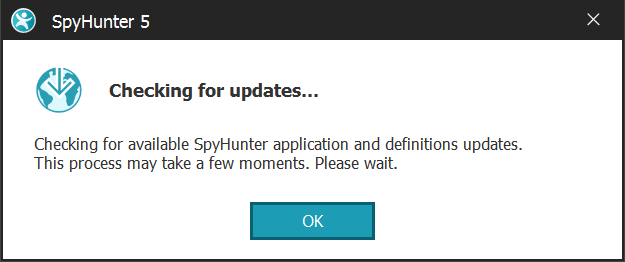
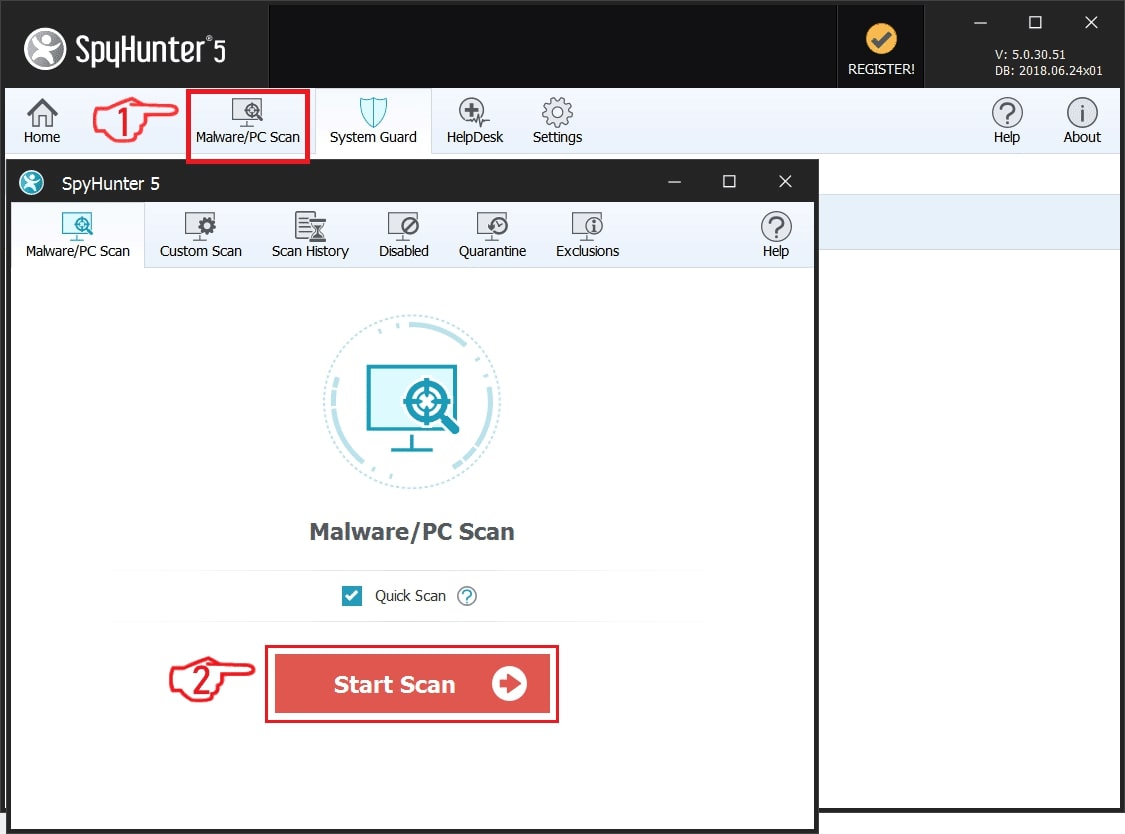
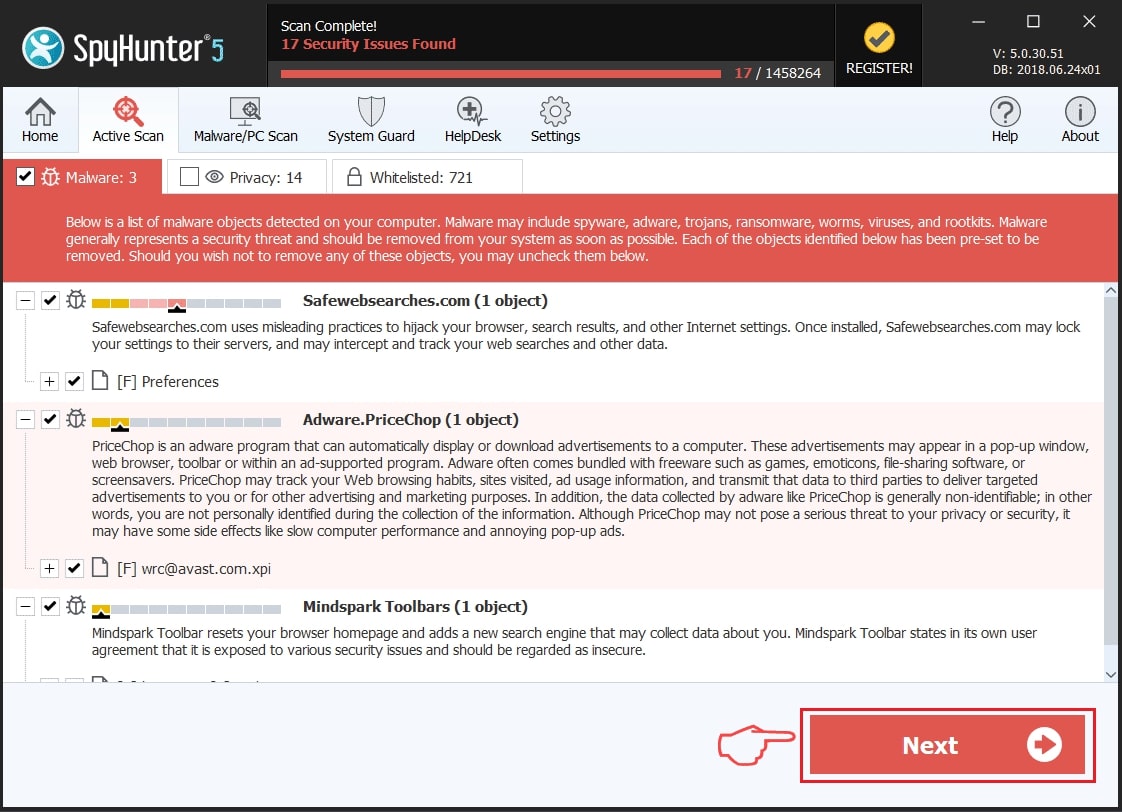
Step 2: Clean any registries, created by W32.Belvira Virus on your computer.
The usually targeted registries of Windows machines are the following:
- HKEY_LOCAL_MACHINE\Software\Microsoft\Windows\CurrentVersion\Run
- HKEY_CURRENT_USER\Software\Microsoft\Windows\CurrentVersion\Run
- HKEY_LOCAL_MACHINE\Software\Microsoft\Windows\CurrentVersion\RunOnce
- HKEY_CURRENT_USER\Software\Microsoft\Windows\CurrentVersion\RunOnce
You can access them by opening the Windows registry editor and deleting any values, created by W32.Belvira Virus there. This can happen by following the steps underneath:
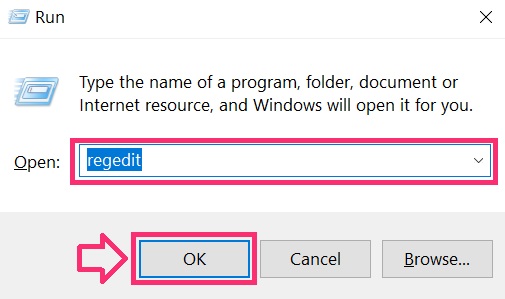

 Tip: To find a virus-created value, you can right-click on it and click "Modify" to see which file it is set to run. If this is the virus file location, remove the value.
Tip: To find a virus-created value, you can right-click on it and click "Modify" to see which file it is set to run. If this is the virus file location, remove the value.Step 3: Find virus files created by W32.Belvira Virus on your PC.
1.For Windows 8, 8.1 and 10.
For Newer Windows Operating Systems
1: On your keyboard press + R and write explorer.exe in the Run text box and then click on the Ok button.
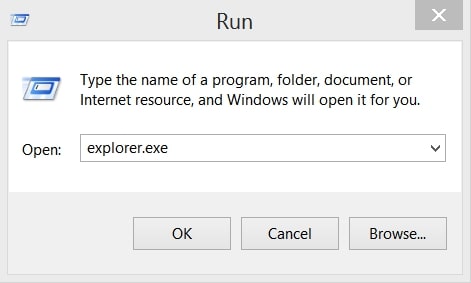
2: Click on your PC from the quick access bar. This is usually an icon with a monitor and its name is either “My Computer”, “My PC” or “This PC” or whatever you have named it.
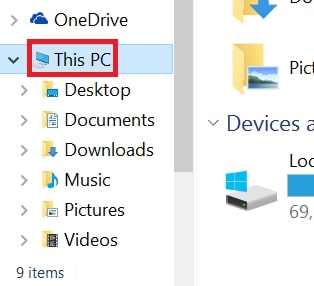
3: Navigate to the search box in the top-right of your PC's screen and type “fileextension:” and after which type the file extension. If you are looking for malicious executables, an example may be "fileextension:exe". After doing that, leave a space and type the file name you believe the malware has created. Here is how it may appear if your file has been found:
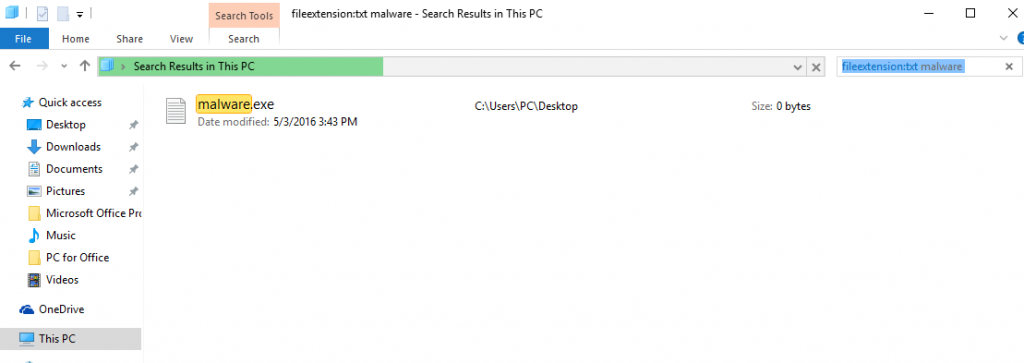
N.B. We recommend to wait for the green loading bar in the navigation box to fill up in case the PC is looking for the file and hasn't found it yet.
2.For Windows XP, Vista, and 7.
For Older Windows Operating Systems
In older Windows OS's the conventional approach should be the effective one:
1: Click on the Start Menu icon (usually on your bottom-left) and then choose the Search preference.

2: After the search window appears, choose More Advanced Options from the search assistant box. Another way is by clicking on All Files and Folders.
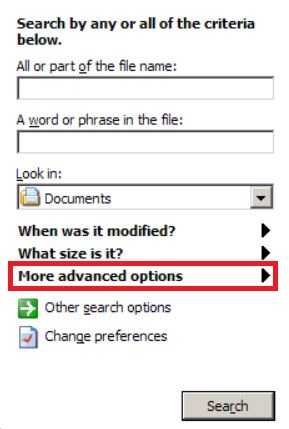
3: After that type the name of the file you are looking for and click on the Search button. This might take some time after which results will appear. If you have found the malicious file, you may copy or open its location by right-clicking on it.
Now you should be able to discover any file on Windows as long as it is on your hard drive and is not concealed via special software.
W32.Belvira Virus FAQ
What Does W32.Belvira Virus Trojan Do?
The W32.Belvira Virus Trojan is a malicious computer program designed to disrupt, damage, or gain unauthorized access to a computer system. It can be used to steal sensitive data, gain control over a system, or launch other malicious activities.
Can Trojans Steal Passwords?
Yes, Trojans, like W32.Belvira Virus, can steal passwords. These malicious programs are designed to gain access to a user's computer, spy on victims and steal sensitive information such as banking details and passwords.
Can W32.Belvira Virus Trojan Hide Itself?
Yes, it can. A Trojan can use various techniques to mask itself, including rootkits, encryption, and obfuscation, to hide from security scanners and evade detection.
Can a Trojan be Removed by Factory Reset?
Yes, a Trojan can be removed by factory resetting your device. This is because it will restore the device to its original state, eliminating any malicious software that may have been installed. Bear in mind that there are more sophisticated Trojans that leave backdoors and reinfect even after a factory reset.
Can W32.Belvira Virus Trojan Infect WiFi?
Yes, it is possible for a Trojan to infect WiFi networks. When a user connects to the infected network, the Trojan can spread to other connected devices and can access sensitive information on the network.
Can Trojans Be Deleted?
Yes, Trojans can be deleted. This is typically done by running a powerful anti-virus or anti-malware program that is designed to detect and remove malicious files. In some cases, manual deletion of the Trojan may also be necessary.
Can Trojans Steal Files?
Yes, Trojans can steal files if they are installed on a computer. This is done by allowing the malware author or user to gain access to the computer and then steal the files stored on it.
Which Anti-Malware Can Remove Trojans?
Anti-malware programs such as SpyHunter are capable of scanning for and removing Trojans from your computer. It is important to keep your anti-malware up to date and regularly scan your system for any malicious software.
Can Trojans Infect USB?
Yes, Trojans can infect USB devices. USB Trojans typically spread through malicious files downloaded from the internet or shared via email, allowing the hacker to gain access to a user's confidential data.
About the W32.Belvira Virus Research
The content we publish on SensorsTechForum.com, this W32.Belvira Virus how-to removal guide included, is the outcome of extensive research, hard work and our team’s devotion to help you remove the specific trojan problem.
How did we conduct the research on W32.Belvira Virus?
Please note that our research is based on an independent investigation. We are in contact with independent security researchers, thanks to which we receive daily updates on the latest malware definitions, including the various types of trojans (backdoor, downloader, infostealer, ransom, etc.)
Furthermore, the research behind the W32.Belvira Virus threat is backed with VirusTotal.
To better understand the threat posed by trojans, please refer to the following articles which provide knowledgeable details.


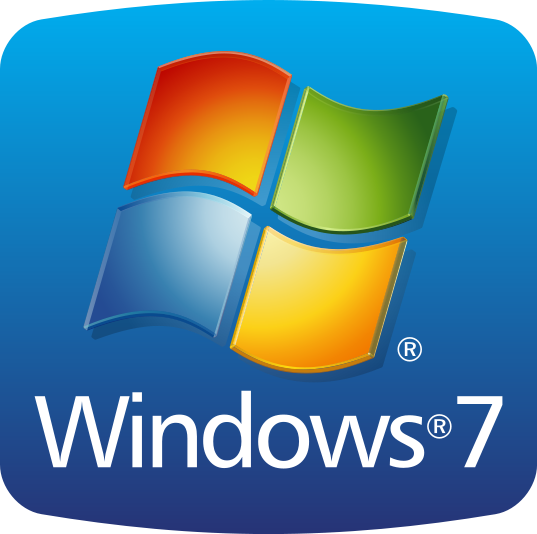 1. For Windows 7,XP and Vista.
1. For Windows 7,XP and Vista.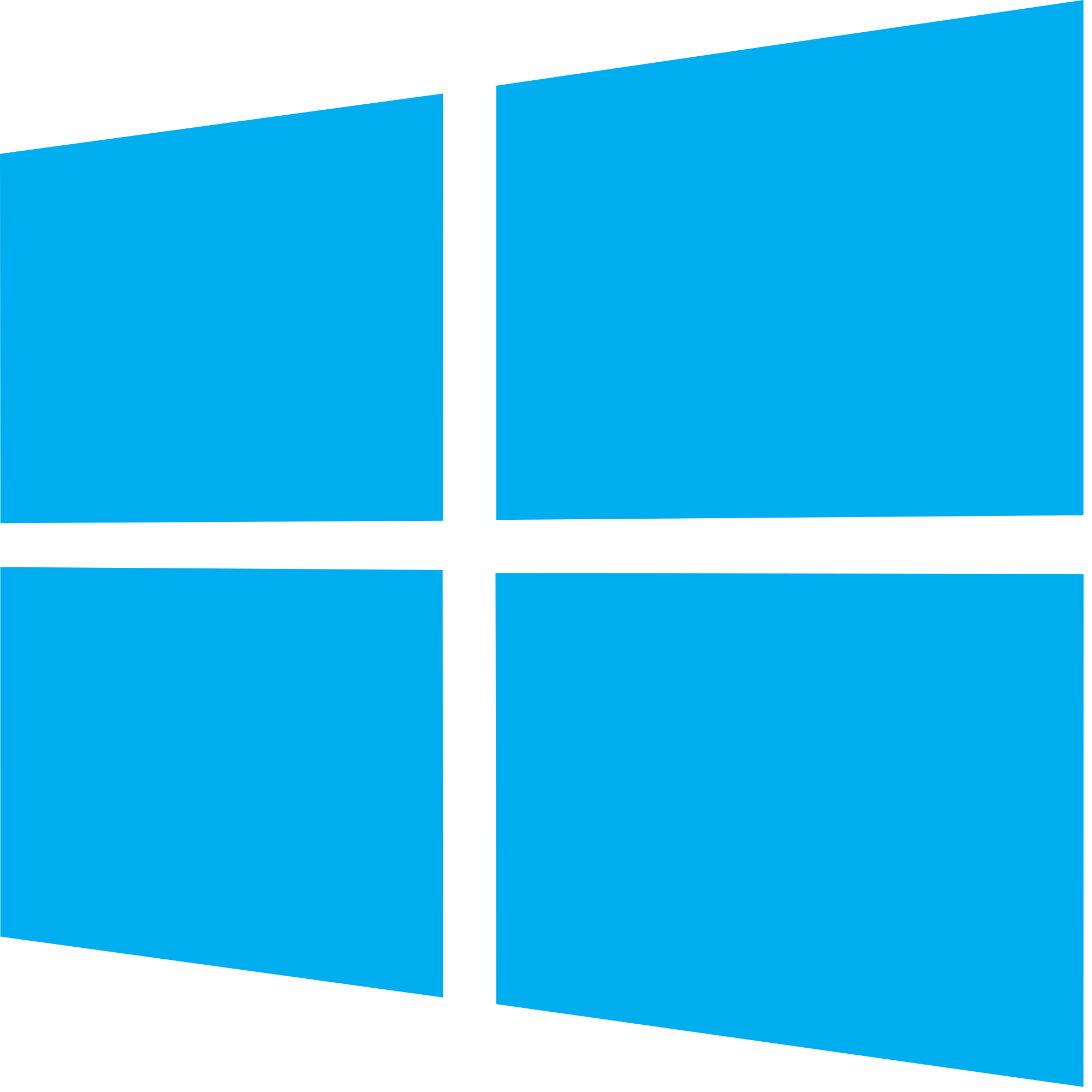 2. For Windows 8, 8.1 and 10.
2. For Windows 8, 8.1 and 10.
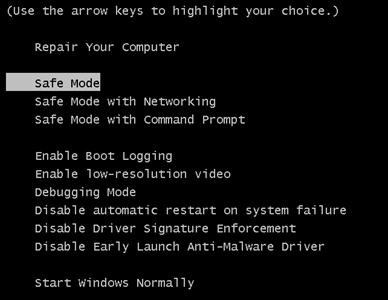
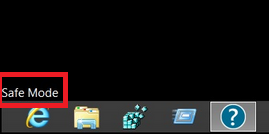
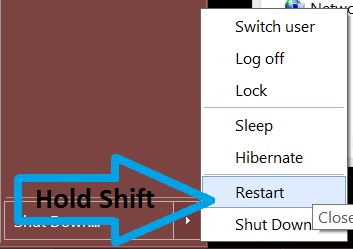
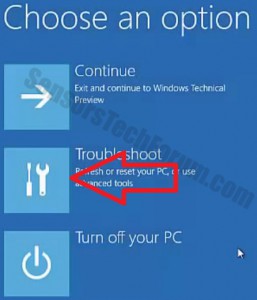
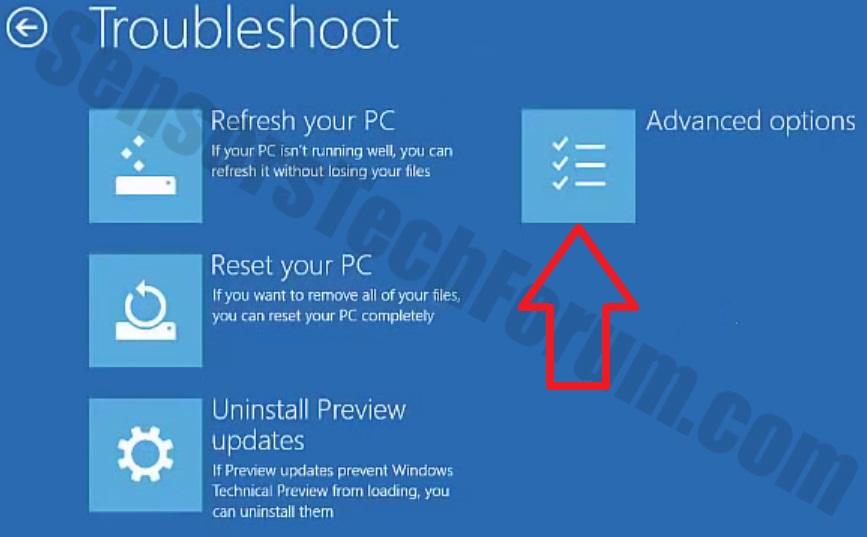
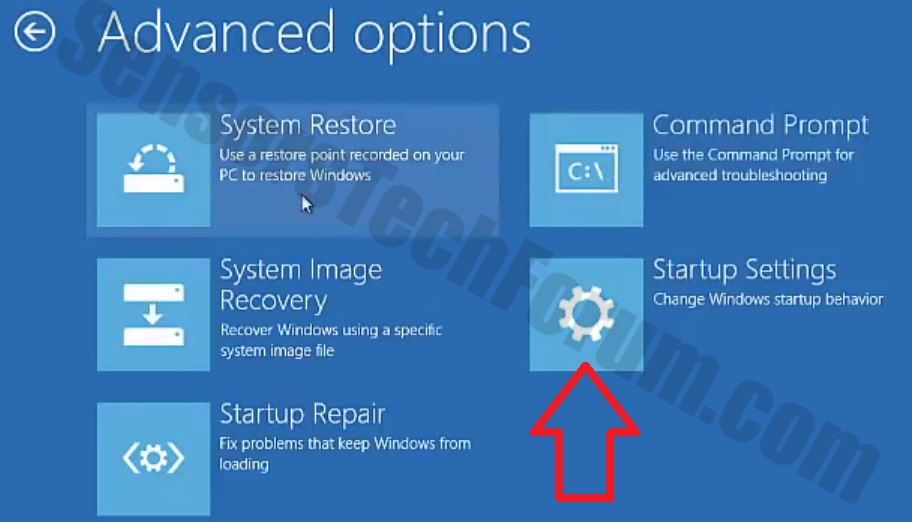
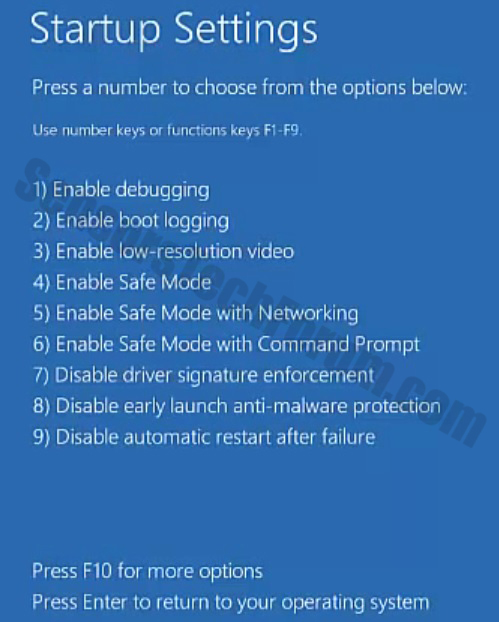
 1. Install SpyHunter to scan for and remove W32.Belvira Virus.
1. Install SpyHunter to scan for and remove W32.Belvira Virus.
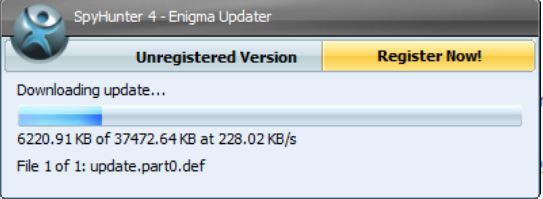
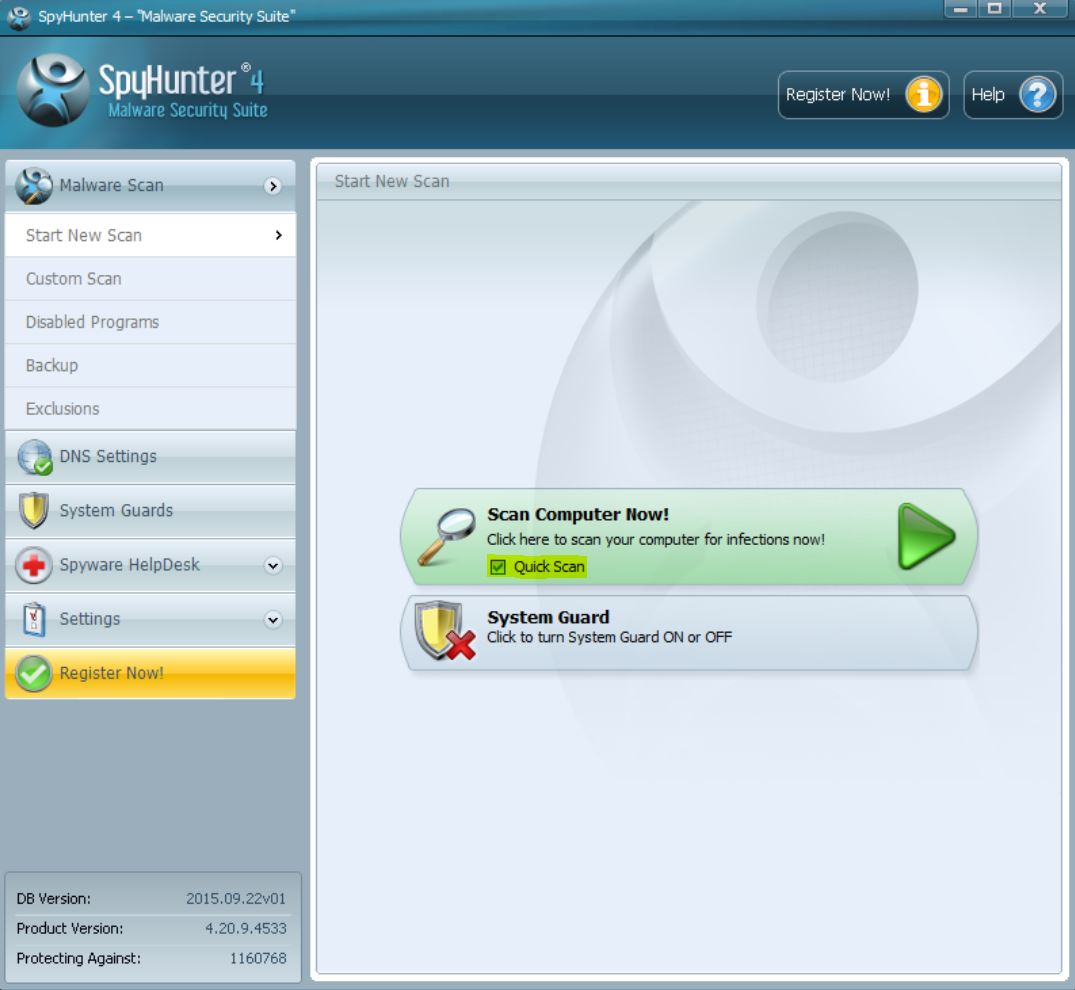
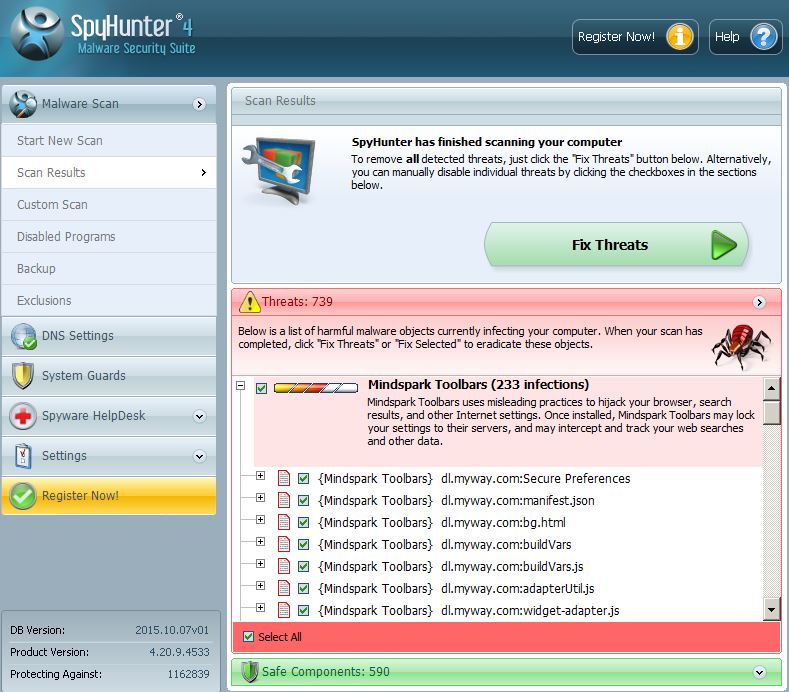
 1. Install Malwarebytes Anti-Malware to scan for and remove W32.Belvira Virus.
1. Install Malwarebytes Anti-Malware to scan for and remove W32.Belvira Virus.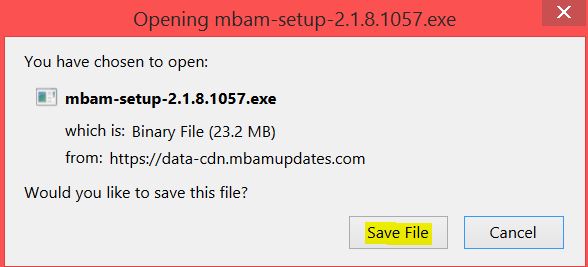

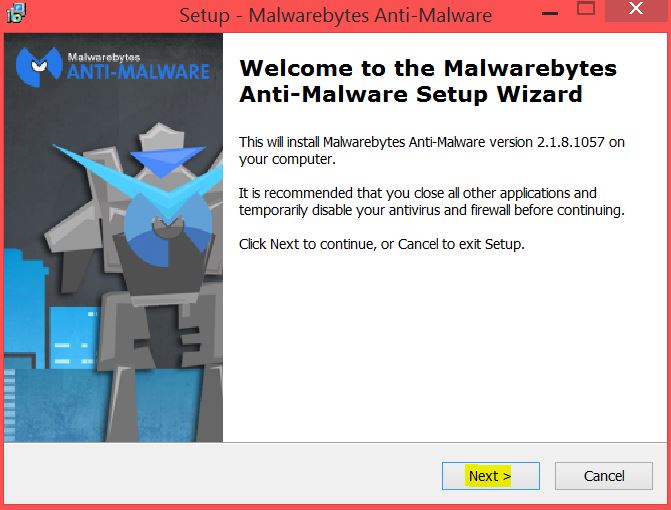
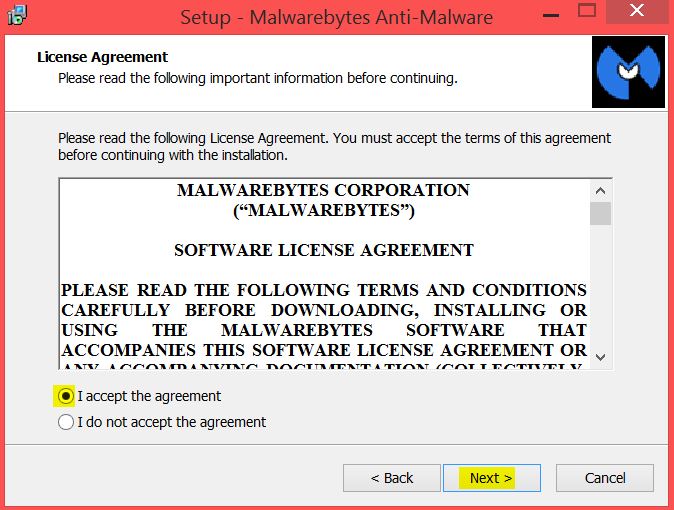
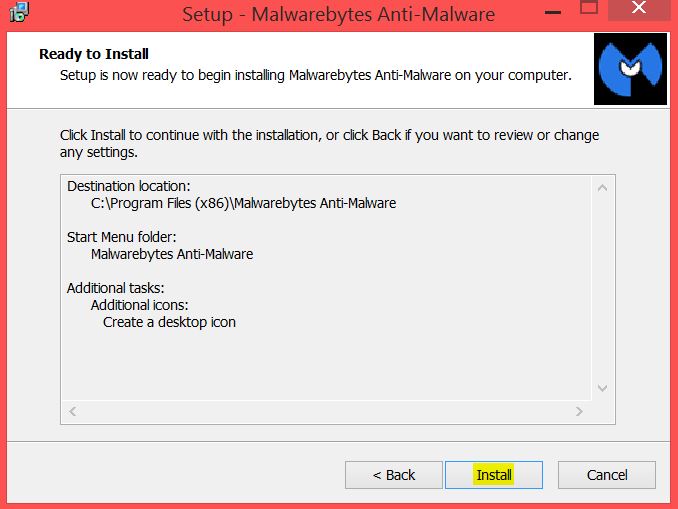
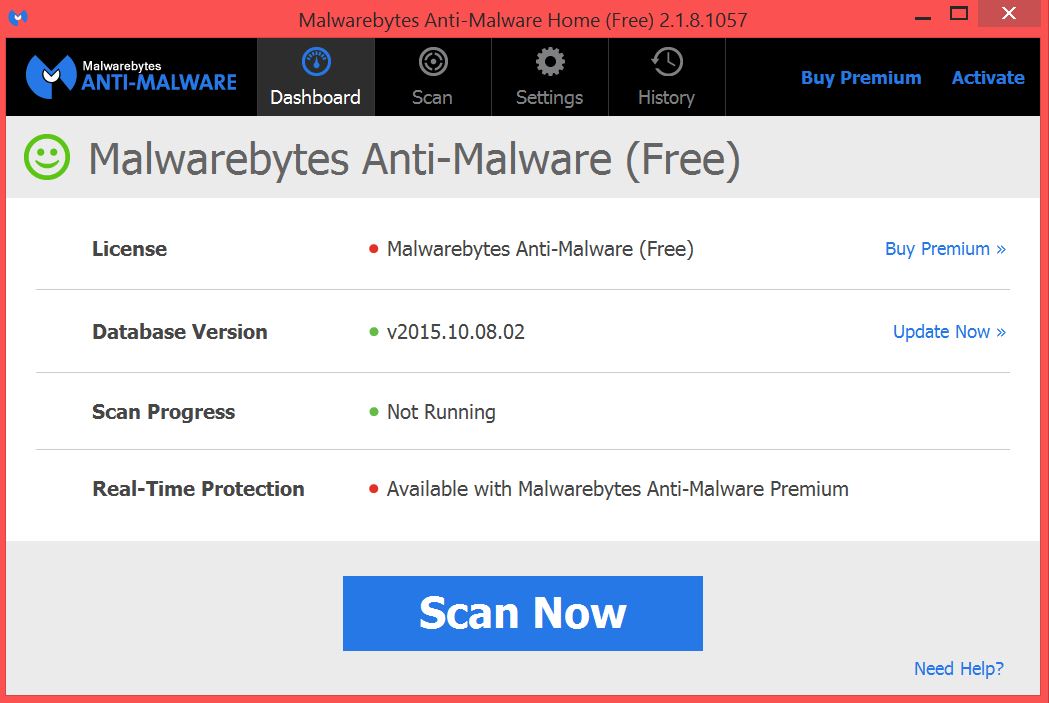
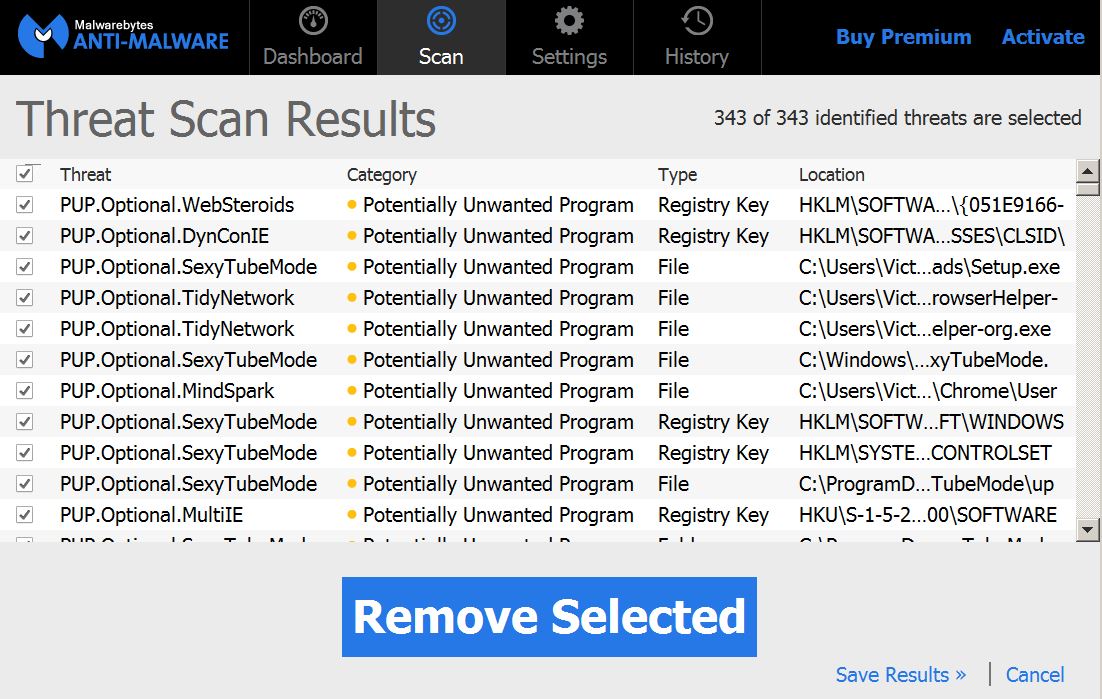
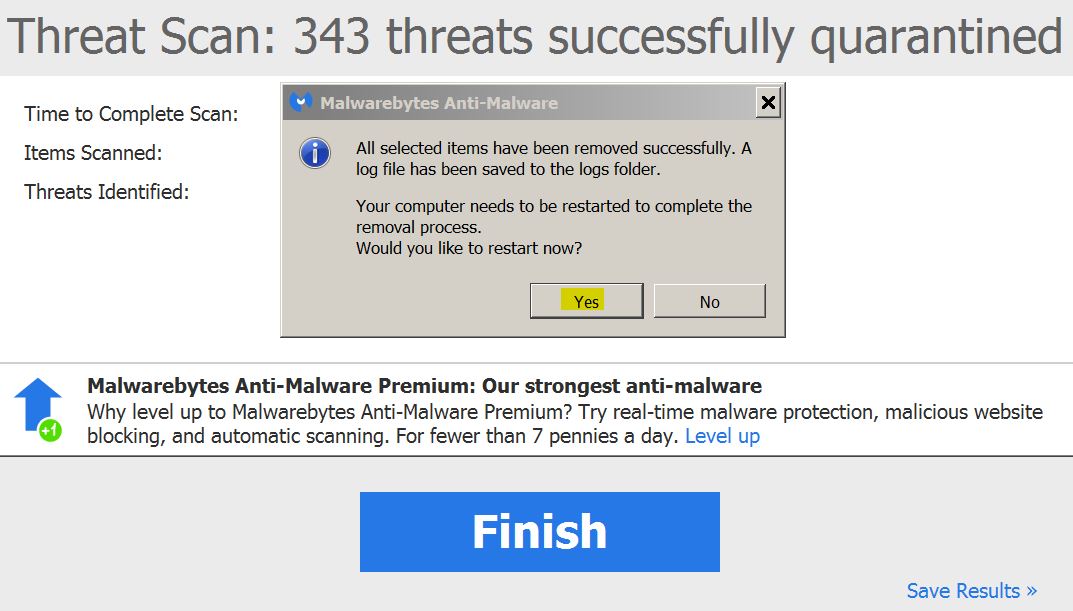
 1. Install STOPZilla Anti Malware to scan for and remove W32.Belvira Virus.
1. Install STOPZilla Anti Malware to scan for and remove W32.Belvira Virus.